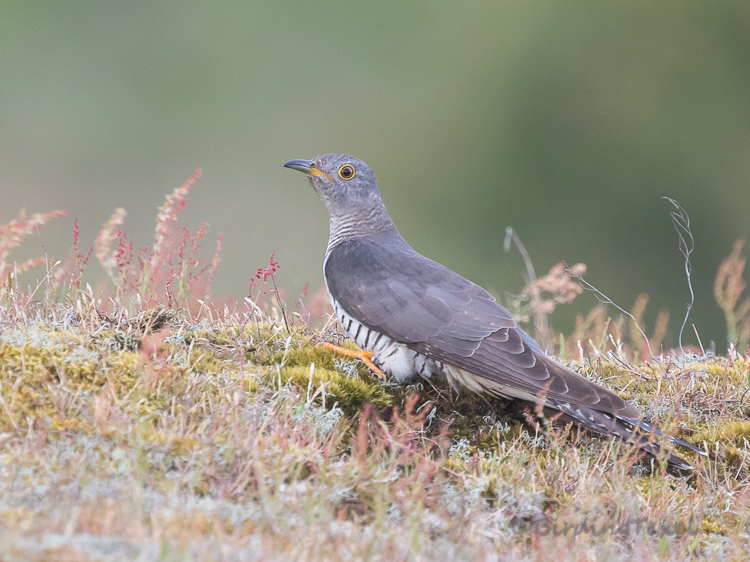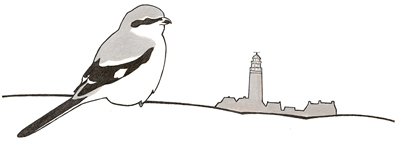At this time of the year, a large part of the adult Cuckoos has already left for their wintering area in tropical Africa. The eggs have been laid and the upbringing is left to the foster parents, the so-called host birds. In the Netherlands these are often Dunnocks, Meadow Pipits, Eurasian Reed Warblers and wagtails. The young birds only follow their biological parents to their winter destination in September and October. On Texel, the Cuckoo is a scarce 'breeding bird'. The number of males was around 15 in 2018 (source; Birds on Texel - Annual overview 2018). 
Koekoek / Common Cuckoo Cuculus canorus, adult ♀, De Cocksdorp, Texel, 10-06-2019


























